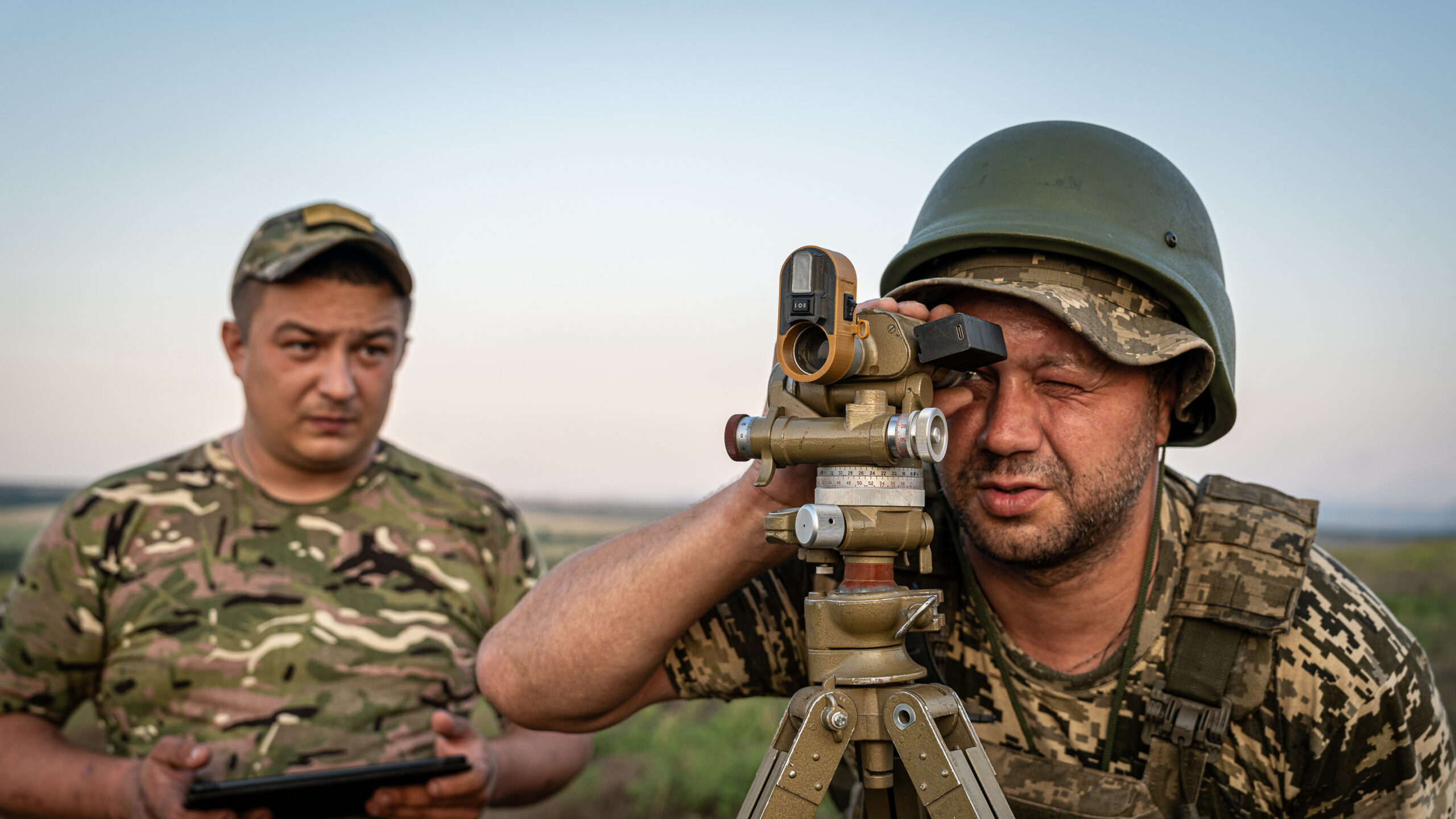TIM MARTIN

BELFAST — A leading UK defense think tank has recommended international partners start investing more resources now, especially with thoughtful artillery support, to support Ukraine’s counteroffensive against Russia this winter and into 2024, while criticizing them for failing to “address identified requirements with sufficient alacrity” previously.
The recommendation features in a report published on Monday from London’s Royal United Services Institute and looks at a case study of warfighting trends and tactical decisions taken over a two week period during fighting in the villages of Novodarivka and Rivnopil, straddling the borders of Donetsk and the Zaporizhzhia oblast.
Based around the idea of offensive successes depending on “fires dominance,” the report argues that Ukraine requires “properly resourcing ammunition production and spares for a consolidated artillery park” if it is to sustain such dominance. An artillery park is widely considered a large encampment housing field artillery from guns to ammunition and spare parts.
The new analysis calls on international partners to “ensure” the proposed artillery park is developed, while also working to cut down an existing supply of 17 artillery systems, operated by Ukraine, to focus on “maintaining a more limited range of guns at greater scale.”
Should that target not be achieved, the document warns “preconditions” for Kyiv to make progress in 2024 will be undermined.
“Outranging the Russians, combined with having better means for detecting enemy artillery and carrying out counterbattery fires, is an essential Ukrainian advantage,” added the report. “This advantage is limited in its duration by the serviceability of Ukrainian artillery pieces, the availability of replacement barrels, and the continued supply of 155-mm ammunition.”
The report argues that “some of the challenges” facing Ukraine are a result of international partners failing to meet equipment requirements in 2022.
Additionally, Kyiv must also wrestle with the difficulty of protecting guns from Russian loitering munitions like the Lancet 3M, while research into new force protection methods “should be accelerated,” according to co-authors Jack Watling, senior research fellow for land warfare, and Nick Reynolds, research fellow for land warfare, both of RUSI.
Other recommendations include the use of more algorithmic image analysis from UAVs to map minefields quicker; providing better staff officer training, based on how Ukrainian brigade staffs operate and equipment they need; refining collective training so “Ukrainian units can train in a manner closer to how they fight.”
Despite the authors acknowledging that Ukraine’s armed forces have suffered heavy rates of equipment loss, they point out that the supply of armored fighting vehicles from international partners has prevented the losses “from converting into a high number of killed personnel.”
Those equipment losses now also cover modern NATO standard vehicles after videos on social media emerged this week purportedly of a British supplied Challenger 2 main battle tank in the Zaporizhzhia oblast destroyed by Russian forces for the first time.
Besides operational setbacks, Ukraine is sorting through a leadership shakeup as Ukrainian defense minister Oleksii Reznikov resigned from office on Monday. In announcing the reshuffle, Ukrainian President Volodymyr Zelenksyy said Ukraine needed “new approaches” to the fight against Russia.
No comments:
Post a Comment